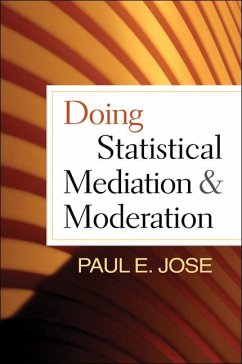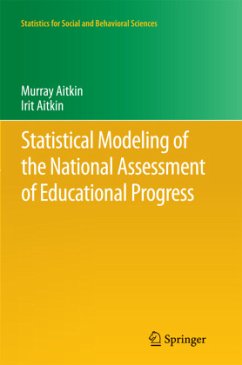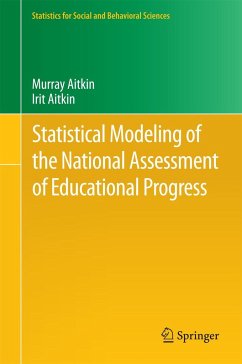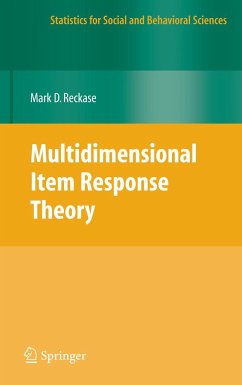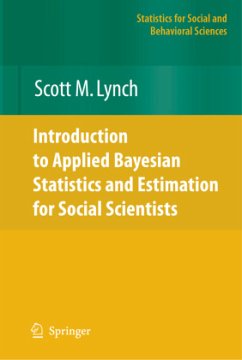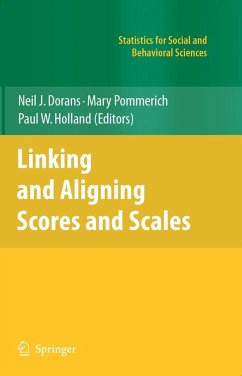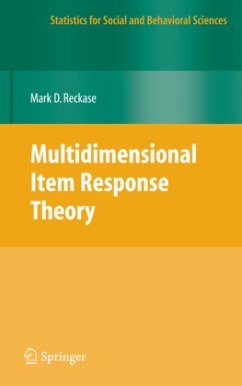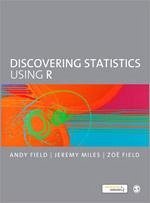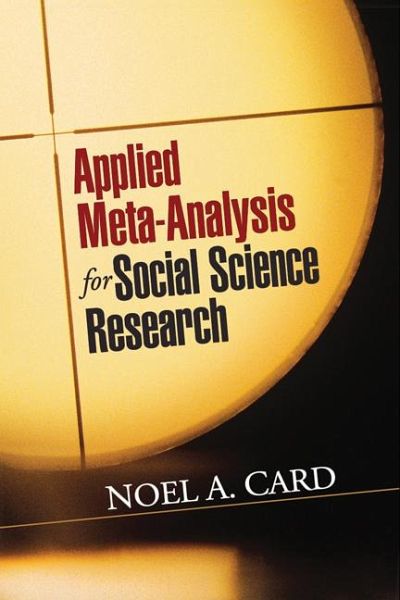
Applied Meta-Analysis for Social Science Research
Versandkostenfrei!
Versandfertig in über 4 Wochen
73,99 €
inkl. MwSt.
Weitere Ausgaben:

PAYBACK Punkte
37 °P sammeln!
Offering pragmatic guidance for planning and conducting a meta-analytic review, this book is written in an engaging, nontechnical style that makes it ideal for graduate course use or self-study. The author shows how to identify questions that can be answered using meta-analysis, retrieve both published and unpublished studies, create a coding manual, use traditional and unique effect size indices, and write a meta-analytic review. An ongoing example illustrates meta-analytic techniques. In addition to the fundamentals, the book discusses more advanced topics, such as artifact correction, rand...
Offering pragmatic guidance for planning and conducting a meta-analytic review, this book is written in an engaging, nontechnical style that makes it ideal for graduate course use or self-study. The author shows how to identify questions that can be answered using meta-analysis, retrieve both published and unpublished studies, create a coding manual, use traditional and unique effect size indices, and write a meta-analytic review. An ongoing example illustrates meta-analytic techniques. In addition to the fundamentals, the book discusses more advanced topics, such as artifact correction, random- and mixed-effects models, structural equation representations, and multivariate procedures. User-friendly features include annotated equations; discussions of alternative approaches; and "Practical Matters" sections that give advice on topics not often discussed in other books, such as linking meta-analytic results with theory and the utility of meta-analysis software programs.





